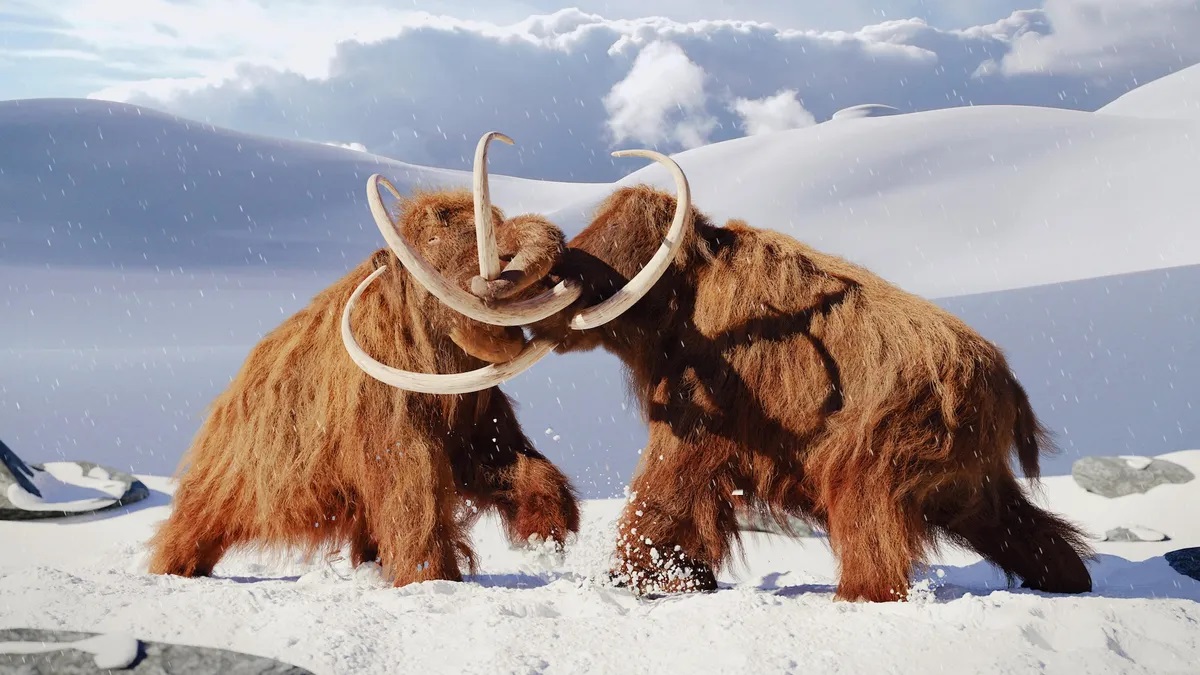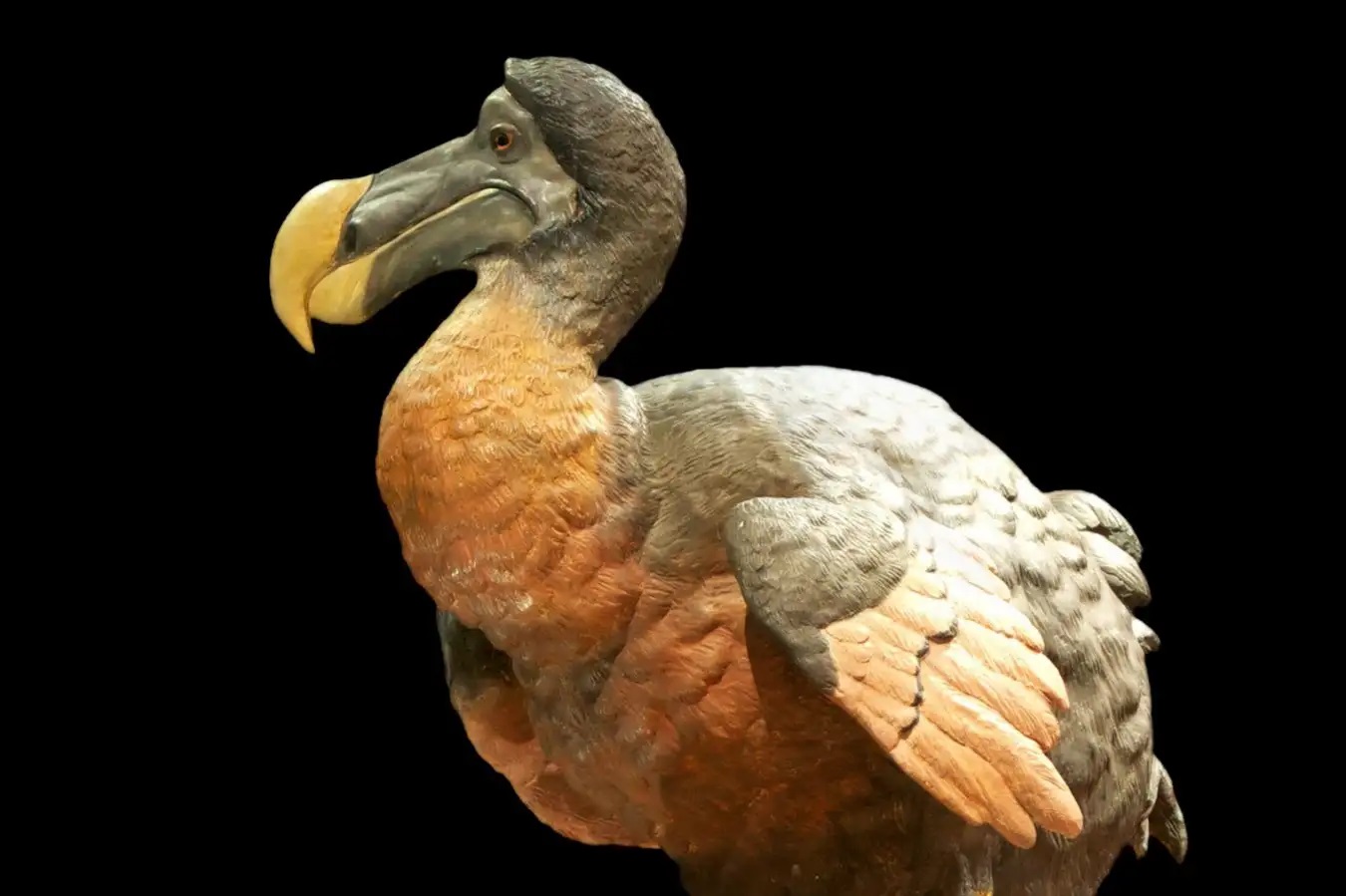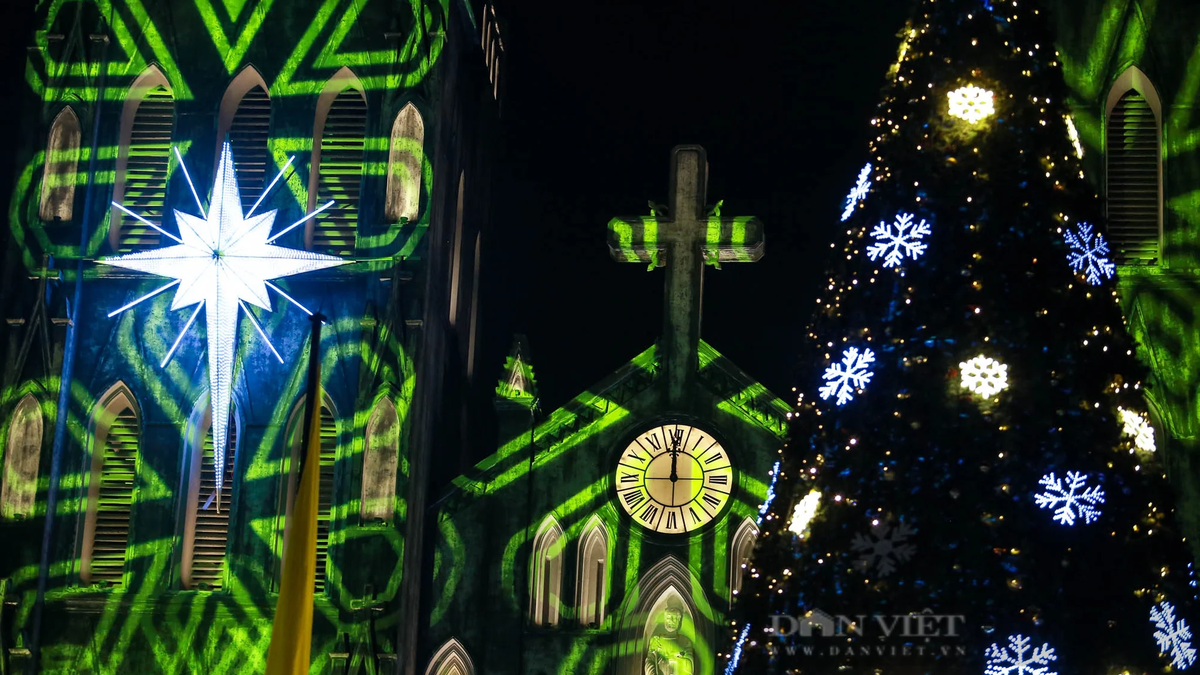(NLĐO) - The American biotechnology company Colossal Biosciences says that by 2028, the first extinct organism they are trying to revive could be born.
In an interview with Live Science, Colossal Biosciences, an American biotechnology company that has become famous in recent years for its project to revive several extinct animals, shared information about three ancient creatures that may soon reappear.
With the collaboration of many renowned scientists , this American research team has in recent years sought to bring back to the world the dodo (Raphus cucullatus), the Tasmanian tiger (Thylacinus cynocephalus), and the woolly mammoth (Mammuthus primigenius).
Now, they say these species, especially mammoths, are "getting closer to reality."

Woolly mammoths are the most discussed target for revival - Graphic image: iStock
Ben Lamm, co-founder and CEO of Colossal Biosciences, said they aim to produce the first "mammoth-like" calf by 2028 and "it's very likely we could see another one before then."
Woolly mammoths lived in the Arctic between 300,000 and 10,000 years ago, and perfectly preserved individuals have been found in the Siberian ice, yielding valuable DNA samples.
To create baby mammoths, they would identify the genes that encoded the most iconic physical traits of the woolly mammoth, such as shaggy fur, curved tusks, accumulated fat, and a domed skull.
They will then introduce these genes into the genomes of closely related and genetically similar Asian elephants (Elephas maximus).
According to the most effective approach, the revival would be slow: with each generation of mammoth-elephant hybrids born, they would be supplemented with mammoth genes so that eventually, an animal that is almost purely mammoth in biological terms would be born.
"Resurrection can have many different meanings, and our ability to revive depends on how we define it," said Professor Love Dalén from Stockholm University, who is involved in the project with Colossal Biosciences.
Professor Dalén and his colleagues have come close to sequencing the entire mammoth genome, but some DNA regions, such as certain repetitive coding sequences, still present significant challenges.
To date, they have obtained more than 60 partial woolly mammoth genomes. The implantation of mammoth genes into the first elephant will begin after they successfully decode the entire mammoth genome.
The team of scientists also revealed two other exciting pieces of information: In the dodo project, they had a nearly complete genome; with the Tasmanian tiger, things were even more favorable.
A process similar to the one used to revive mammoths would be carried out by implanting the dodo gene into chickens and the Tasmanian tiger gene into a marsupial.

Dodo bird - Photo: Colossal Biosciences
In fact, over 20 years ago, humanity brought an extinct species back to the modern world in just 7 minutes.
The lineage that was restored is the Pyrenees mountain goat (Capra pyrenaica pyrenaica), from the last known member of this subspecies, a female goat named Celia, who died in 2000.
In 2003, an international research team implanted DNA collected from Celia before her death into a domesticated goat egg cell from which the nucleus had been removed.
However, the animal born from that experiment died prematurely due to a severe lung defect.
Resurrecting a creature that went extinct thousands of years ago would be far more difficult, but with today's scientific advances, it might not be so far-fetched.
Source: https://nld.com.vn/ba-sinh-vat-tuyet-chung-co-the-sap-duoc-hoi-sinh-196240902101303025.htm


![[Image] Leaked images ahead of the 2025 Community Action Awards gala.](/_next/image?url=https%3A%2F%2Fvphoto.vietnam.vn%2Fthumb%2F1200x675%2Fvietnam%2Fresource%2FIMAGE%2F2025%2F12%2F16%2F1765882828720_ndo_br_thiet-ke-chua-co-ten-45-png.webp&w=3840&q=75)
![[Photo] Prime Minister Pham Minh Chinh receives Lao Minister of Education and Sports Thongsalith Mangnormek](/_next/image?url=https%3A%2F%2Fvphoto.vietnam.vn%2Fthumb%2F1200x675%2Fvietnam%2Fresource%2FIMAGE%2F2025%2F12%2F16%2F1765876834721_dsc-7519-jpg.webp&w=3840&q=75)
![[Live] 2025 Community Action Awards Gala](/_next/image?url=https%3A%2F%2Fvphoto.vietnam.vn%2Fthumb%2F1200x675%2Fvietnam%2Fresource%2FIMAGE%2F2025%2F12%2F16%2F1765899631650_ndo_tr_z7334013144784-9f9fe10a6d63584c85aff40f2957c250-jpg.webp&w=3840&q=75)
![[Photo] Prime Minister Pham Minh Chinh receives the Governor of Tochigi Province (Japan)](/_next/image?url=https%3A%2F%2Fvphoto.vietnam.vn%2Fthumb%2F1200x675%2Fvietnam%2Fresource%2FIMAGE%2F2025%2F12%2F16%2F1765892133176_dsc-8082-6425-jpg.webp&w=3840&q=75)


































































![[Photo] Prime Minister Pham Minh Chinh attends the Vietnam Economic Forum 2025](https://vphoto.vietnam.vn/thumb/402x226/vietnam/resource/IMAGE/2025/12/16/1765893035503_ndo_br_dsc-8043-jpg.webp)





































Comment (0)